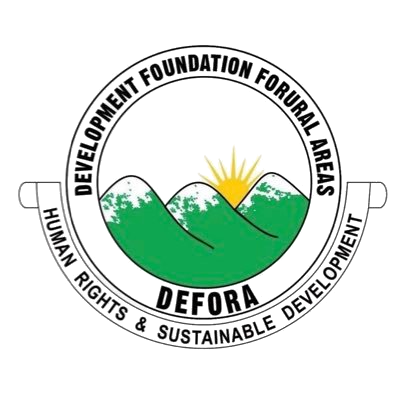Background
Uganda has experienced two decades of economic growth, leading to large population movements from rural areas to informal settlements around urban centers. High population growth – nearly triple the global average – stressed the water and sanitation services that exist. 51 percent of Ugandans lack access to safe water and 82 percent do not have access to improved sanitation facilities despite marginal improvement. For example, national latrine coverage has increased from 49% in 1997 to 79% in 2018; national hand washing coverage increased from 14 % in 2007 to 36% in 2018, and only 10% of the population was still living in Open Defecation Free communities,. WASH plays an important role in the lives of the people and it’s a fundamental human right. Access to WASH is central to improving people’s health, productivity, children attending school, improved and improving social and economic well-being. However, in rural communities, the population is living without clean water and where it exists, women and children walk long distances to the facilities. Latrines are limited and of poor standard and the practice of handwashing with soap is still seen as a luxury.
Priority Focus
Community Education for Behavioral Change especially on the practice of hand washing with soap and clean water, use of latrines ( toilets) to avoid open defecation.
We ensure access to clean drinking water using appropriate, cost-effective, locally available technology for schools and communities such as boreholes, shallow wells, protected springs, and rainwater harvesting tanks.




